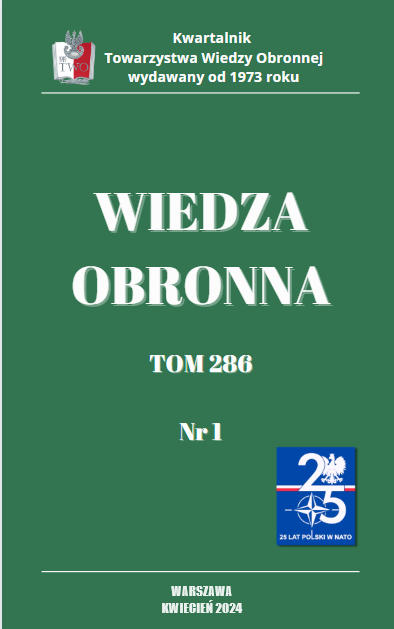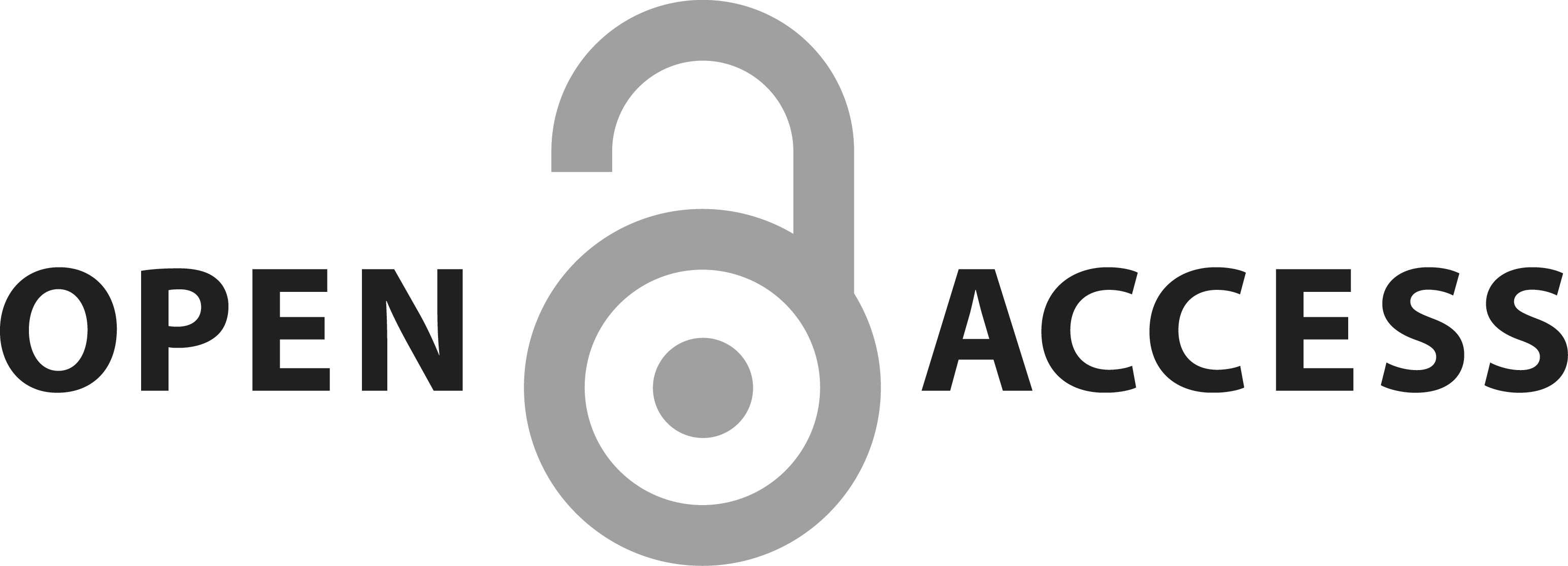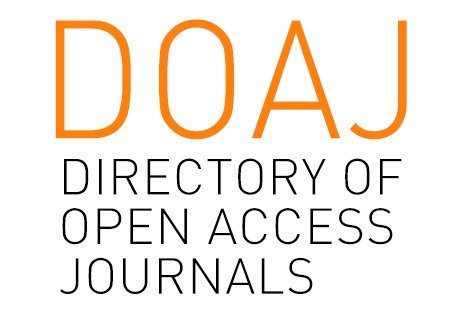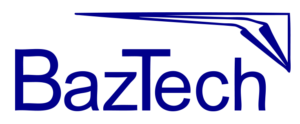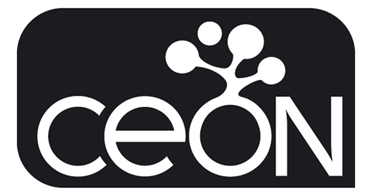EMPLOYEE ACQUISITION AS A FACTOR IN STRENGTHENING ORGANISATION RESILIENCE
Abstract
The volatility, complexity, uncertainty and ambiguity of processes and phenomena in the surroundings cause public, commercial and social organisations alike to seek ways to strengthen resilience. Taking into account, one of the characteristics of an organization - equifinality - various paths to achieve it are possible. Among others, increasing the organisation's resilience is linked to leadership, building community and trust, attention to individual development, and the teamwork that goes into it. These activities can lead to an increase in candidate interest in the organisation and elevate the motivation and commitment of its employees.
The military, as an organisation with a clearly outlined mission, acting for the benefit of society, characterised by certain attributes of an employer, attracts the attention of representatives of different generations. When competing for candidates in the labor market, it has to face a number of challenges in the environment, including those related to the implementation of new technologies to improve the efficiency of processes and maintain its status as an attractive employer. The article presents selected results of research on citizens' perceptions of the attributes of the military as an employer, the sources where information about the military as a workplace can be found, as well as the motives of potentially mobile-aged people when considering joining the service or taking up employment.
Research utilising theoretical and empirical methods was carried out using Statistica v. 13.3 and R/RStudio v. 4.02.
References
REFERENCES LIST
PIŚMIENNICTWO
LITERATURE
Aczel A.D., Sounderpandian J., Statystyka w zarządzaniu, PWN, Warszawa. 2018.
Albalushi J., Mishra, R., Abebe, M. Supply Chain Resilience Meets Quality Management, “International Journal of Professional Business Review”, 2023 8(12), e04165. https://doi.org/10.26668/businessreview/2023.v8i12.4165 (dostęp: 28.12.2023).
Armstrong S., Mitchell B., The Essential HR Handbook, 2019, https://learning.oreilly.com/library/view/ (dostęp: 18.12.2023).
Arthur D., Fundamentals of Human Resource Management. A Practical Guide for Today’s HR Professional, 2015, https://learning.oreilly.com/library/view/ (dostęp: 18.12.2023).
Babb B., HR Automation: Explanation, Examples & Guide, https://www.pipefy.com/blog/hr-automation/ 2023, (dostęp: 20.12.2023).
Bauer T., Erdogan B., Caughlin D., Truxillo D., Human Resource Management. People, Data and Analytics, Sage, Los Angeles London New Delhi, 2020.
Bobillier Chaumon M-E. (ed.), Digital Transformations in the Challenge of Activity and Work. Understanding and Supporting Technological Changes, Wiley 2021 (https://learning.oreilly.com/library/view/ (dostęp 14.12.2023).
BSI Organizational Resilience Index Report 2021. Bsi., https://www.bsigroup.com/globalassets/localfiles/en-gb/organizational-resilience/bsi-organisational-resilience-index-report-2021.pdf (dostęp: 27.12.2023).
Buisson F., Analiza danych behawioralnych przy użyciu języków R i Python, APN Promise, Warszawa, 2022.
Coron C., Gilbert P., Technological Change, Wiley 2020, https://learning.oreilly.com/library/view,/ (dostęp: 14.12.2023).
De Marchi, M., Friedrich, F., Riedl, M., Zadek, H., Rauch, E. Development of a Resilience Assessment Model for Manufacturing Enterprises. Sustainability 2023, 15, 16947. https://doi.org/10.3390/su152416947 (dostęp: 27.12.2023).
Durai P., Human Resource Management, 2016 (https://learning.oreilly.com/library/view/ (dostęp: 15.12.2023).
Elgezabal O., Mirchuk K., Singer K., Kretschmer M., Organisational competencies: The Essence of Emerging Resilience, 2023, Vol. 19 No. 1, 125-135: Proceedings of the 19th European Conference on Management Leadership and Governance, (dostęp: 27.12.2023).
Fitzgibbons L., HR automation, https://www.techtarget.com/searchhrsoftware/definition/HR-automation, 2021 (dostęp: 19.12.2023).
Freeman, M., Ross, J., Programming Skills for Data Science: Start Writing Code to Wrangle, Analyze, and Visualize Data with R, Pearson Education, Inc, 2019.
Fulcher J., Marasco K., Cote T., People Operations Automate HR Design a Great Employe Experience, and Unleash Your Workforce, Wiley, 2021.
Hasayotin K., Disaster Resilience, Social Resilience, Organizational Resilience, and Business Resilience Impact Towards the Growth of MNCS in Australia, “International Journal of Professional Business Review”, 2023 8(10), e03559. https://doi.org/10.26668/businessreview/2023.v8i10.3559 (dostęp: 28.12.2023).
Hodges J., Crabtree M., Reshaping HR. The Role of HR in Organizational Change, 2020, https://learning.oreilly.com/library/view/ (dostęp: 03.12.2023).
Indeks Trwałości Organizacji. Trzeci raport roczny, 2019, bsi-report_2019-print-artwork-pol-web-final.pdf, (dostęp: 27.12.2023).
Jabłońska-Wołoszyn M., Czynniki obniżające zaangażowanie żołnierzy w służbę w czasie pokoju – raport z badań, Zarządzanie kapitałem ludzkim w warunkach niepewności. Wyzwania i implikacje, red. M. Juchnowicz, H. Kinowska, Polskie Wydawnictwo Ekonomiczne, Warszawa 2023, s. 305-315.
Jay S., What is HR Automation? A Guide with Practical Examples, https://www.aihr.com/blog/hr-automation/ 2022 (dostęp: 20.12.2023).
Kurek D., Use of Modern IT Solutions in the HRM Activities: Process Automation and Digital Employer Branding. European Research Studies Journal, 2021 XXIV(1): 152-170. doi: 10.35808/ersj/2035.
Larson W.M., What is HR 3.0?, 2021, https://www.linkedin.com/pulse/what-hr-30-dr-wade-m-larson/ (dostęp: 21.12.2023).
Marks K., HR for Creative Companies, 2019, https://learning.oreilly.com/library/view/ (dostęp: 18.12.2023).
Mitchell B., Galem K., The Big Book of HR, 2017, https://learning.oreilly.com/library/view/ (dostęp: 18.12.2023).
Odporność Organizacji “Organizational Resilience” Korzystanie z doświadczeń, wykorzystywanie szans, bsi. https://www.bsigroup.com/LocalFiles/pl-pl/Organizational%20Resilience/Organizational-Resilience-shortleaflet_PL.pdf 2019, (dostęp: 28.12.2023).
ORGANISATIONAL RESILIENCE. Building an enduring enterprise, https://www.bsigroup.com/LocalFiles/pl-PL/organizational-resilience/Org-res-EIU-report.pdf 2021 (dostęp: 28.12.2023).
Petry T., Biemann T., Digitalisierung in HR: Unzufriedenheit trotz Erfolgen, https://www.haufe.de/personal/hr-management/studie-digitalisierung-von-prozessen-im-personalmanagement_80_518400.html, 2022 (dostęp: 20.12.2023).
Piotrowska-Trybull M., Sirko S., Aleksejeva L., Public employer in the labor market - the armed forces in public perception, “Journal of Security and Sustainability Issues”, 2023, 13, s. 345-361, https://doi.org/10.47459/jssi.2023.13.36.
Sharma E., Strategic Human Resource Management and Development, 2019 https://learning.oreilly.com/library/view/ (dostęp 16.12.2023).
Sirko S., Zarządzanie zasobami ludzkimi w zmieniającej się rzeczywistości – wybrane zagadnienia, ASzWoj, Warszawa (w druku).
Staniec I., Kalińska-Kula M., Internal employer branding as a way to improve employee engagement, “Problems and Perspectives in Management”, 2021 19(3), 33-45. doi: https://doi.org/10.21511/ppm.19(3).2021.04.
ŹRÓDŁA
SOURCES
Strona internetowa Centralnego Wojskowego Centrum Rekrutacji https://www.wojsko-polskie.pl/zostanzolnierzem/centra-rekrutacji/ (dostęp: 28.12.2023).
Copyright (c) 2024 Marzena Piotrowska-Trybull, Stanisław Sirko

This work is licensed under a Creative Commons Attribution-ShareAlike 4.0 International License.
